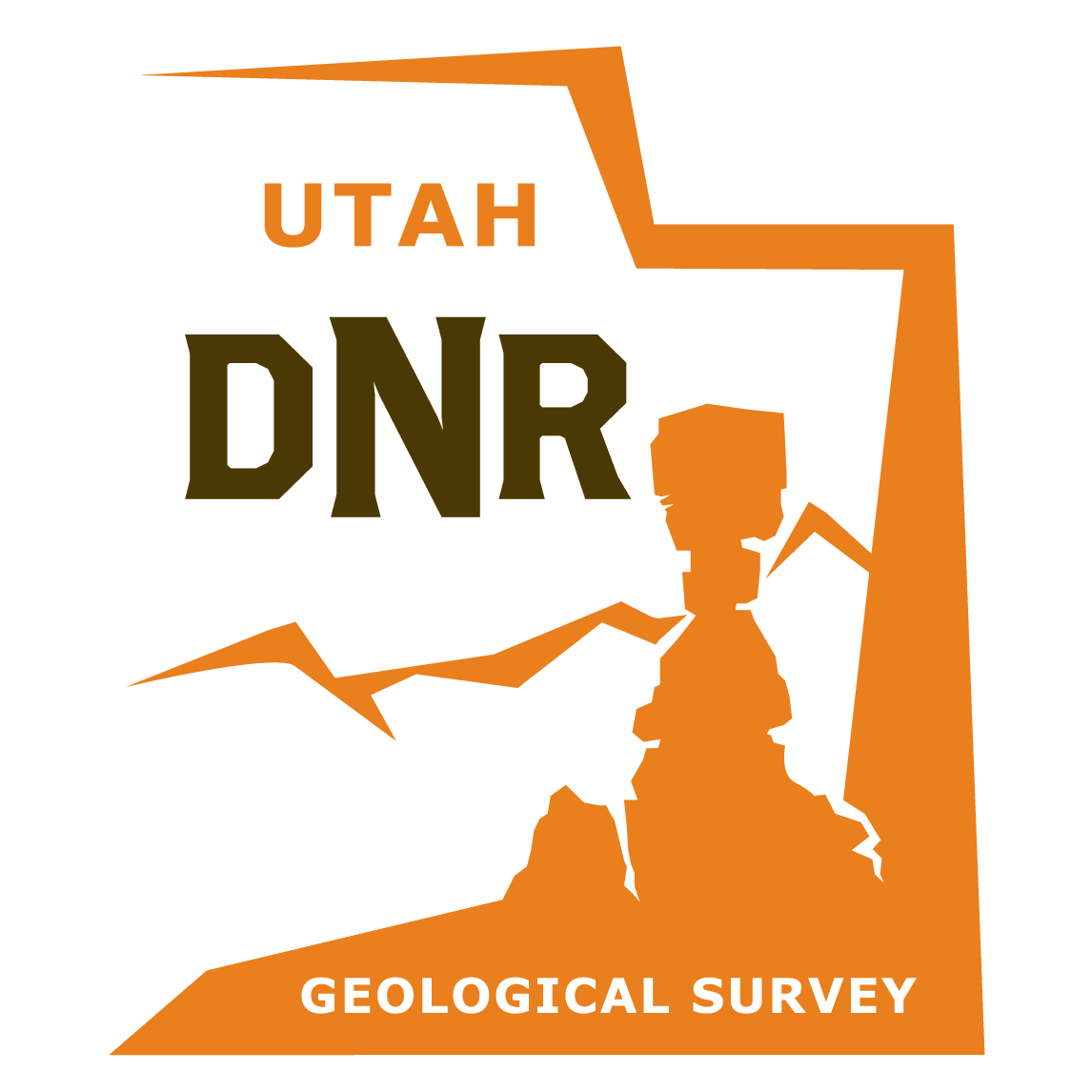“Spot the Rock” is back this week with a riddle! What Utah-“rock” is rarer than diamonds, and more valuable than gold?
Check for updates next week to see the answer! Like us on FACEBOOK or follow us on TWITTER to participate!
Last week’s “Spot the Rock” was definitely one for our rock hounding friends. And everyone guessed right! Red Beryl is found in Utah, is rarer than diamond, and more valuable than gold.
The gemstone has several different names: red beryl, red emerald, or bixbite. Originally, the mineral was named bixbite, but now red beryl is the most accepted designation. Red beryl is estimated to be worth 1,000 times more than gold and is so rare that one red beryl crystal is found for every 150,000 diamonds.
Read more about the mineral HERE












